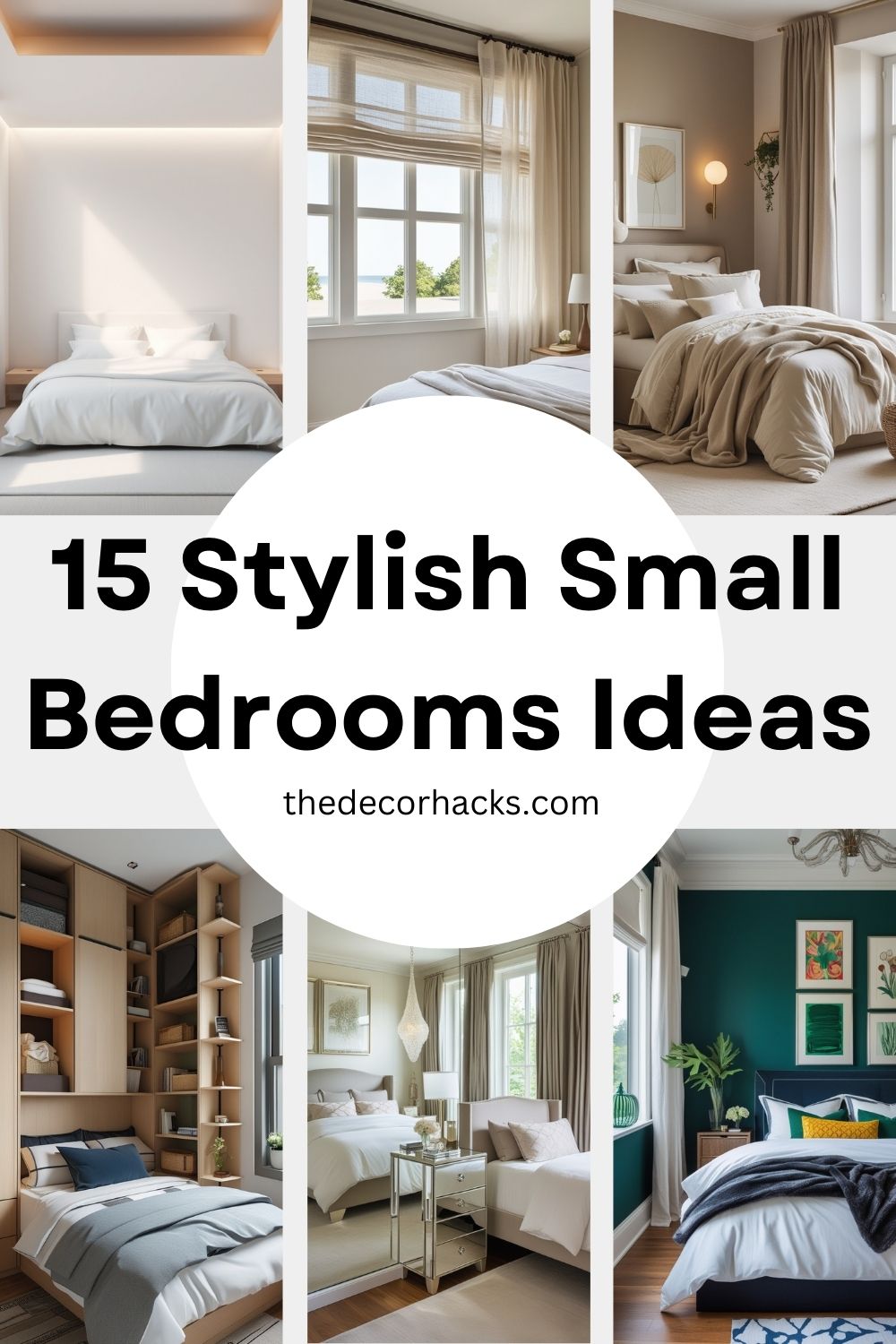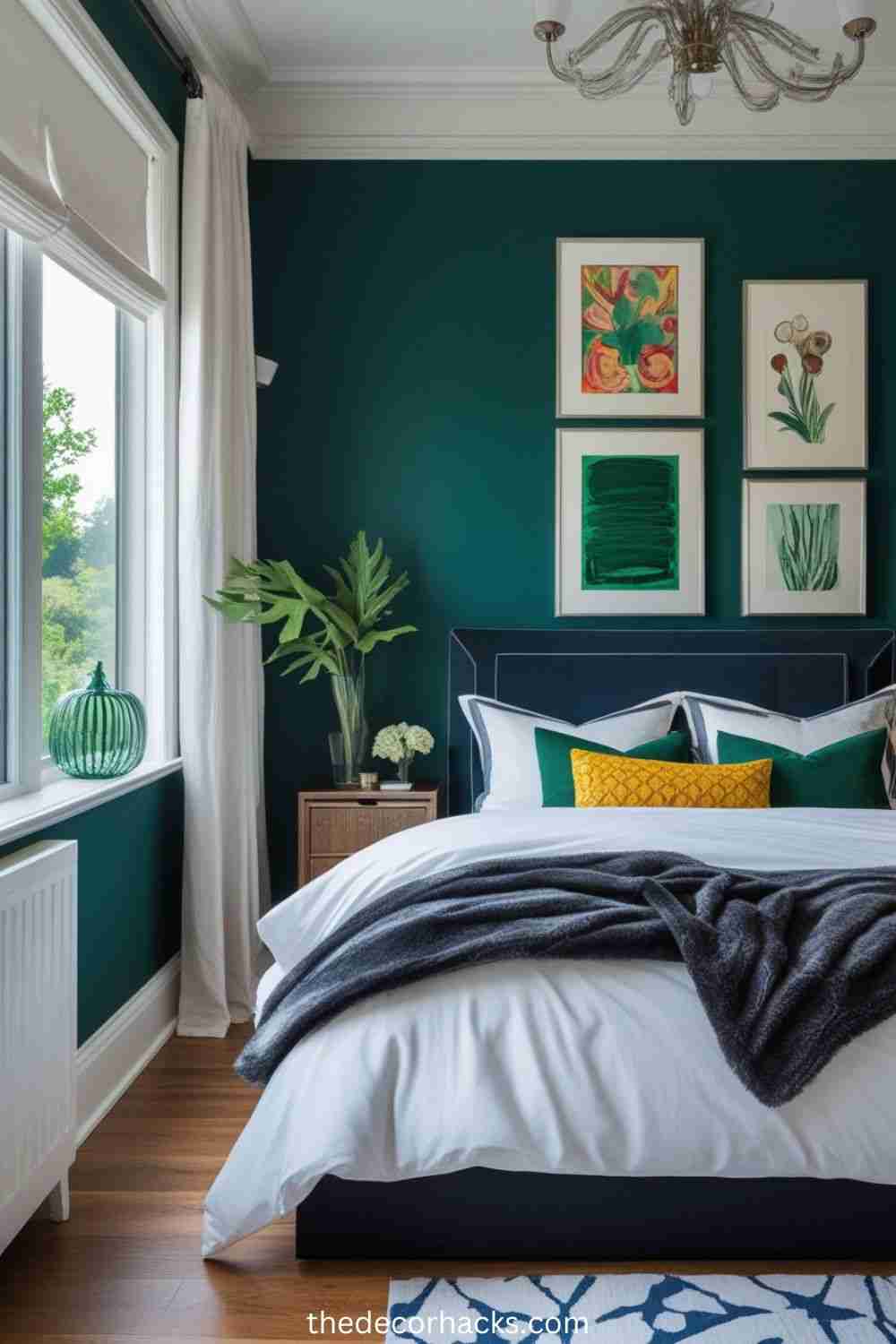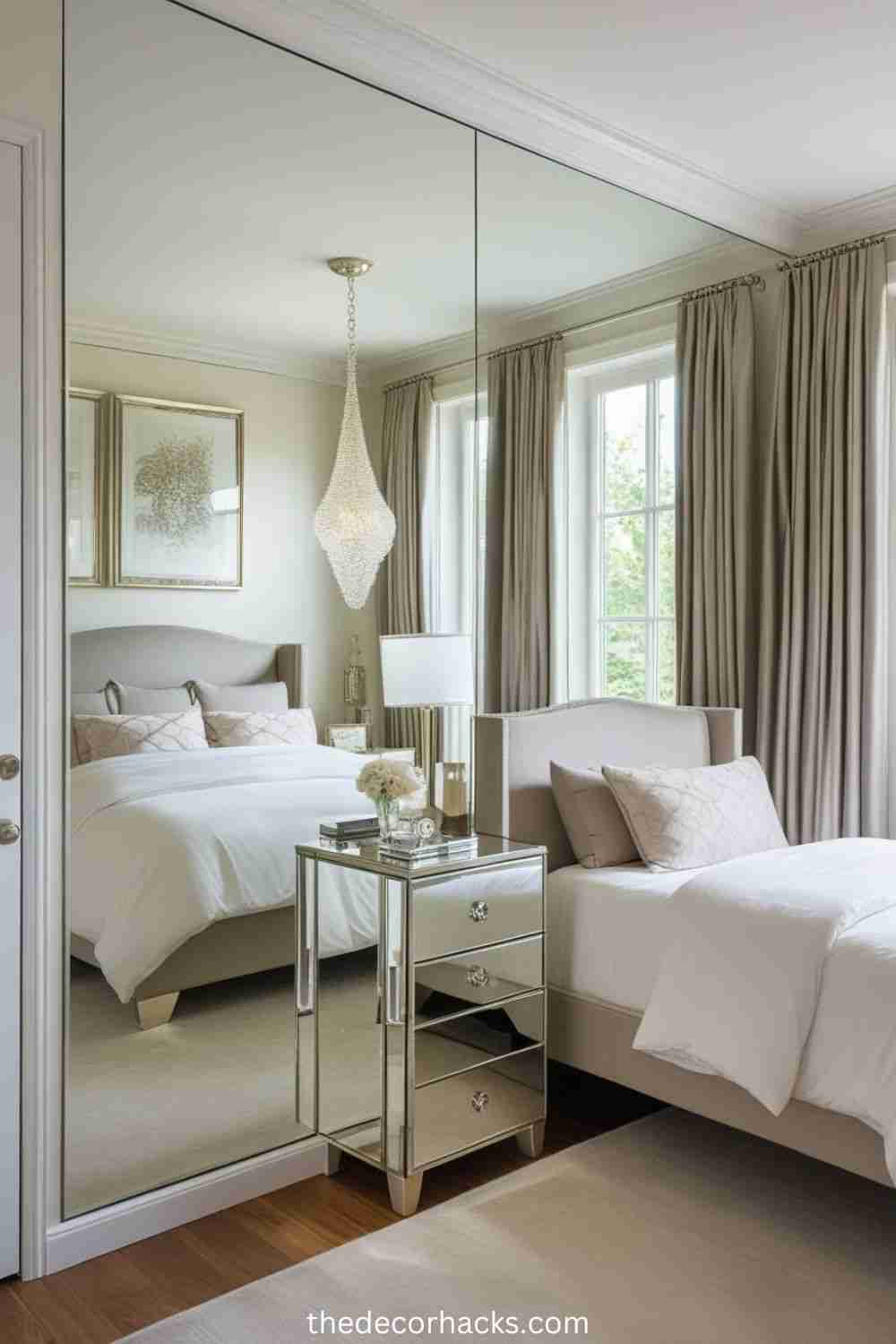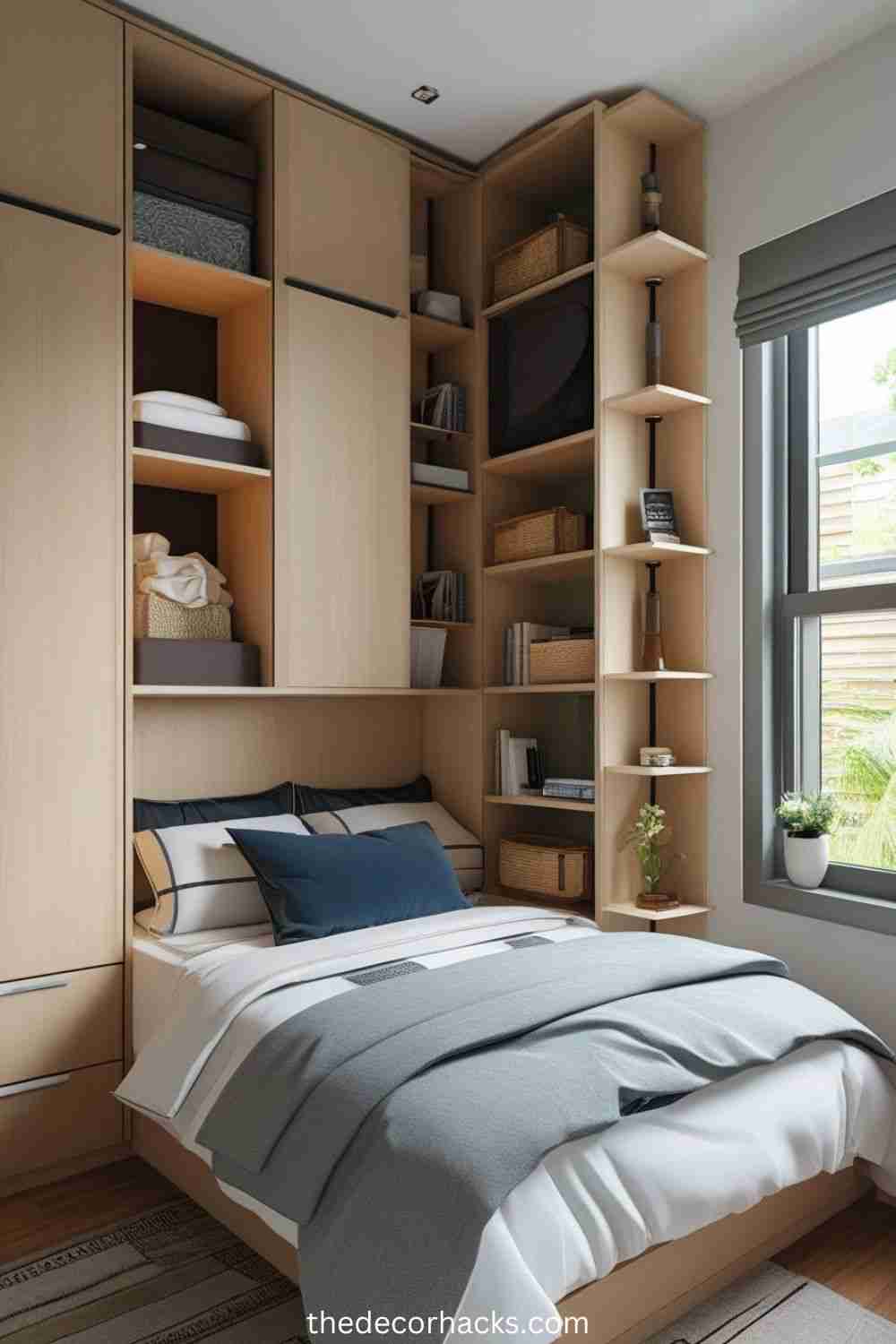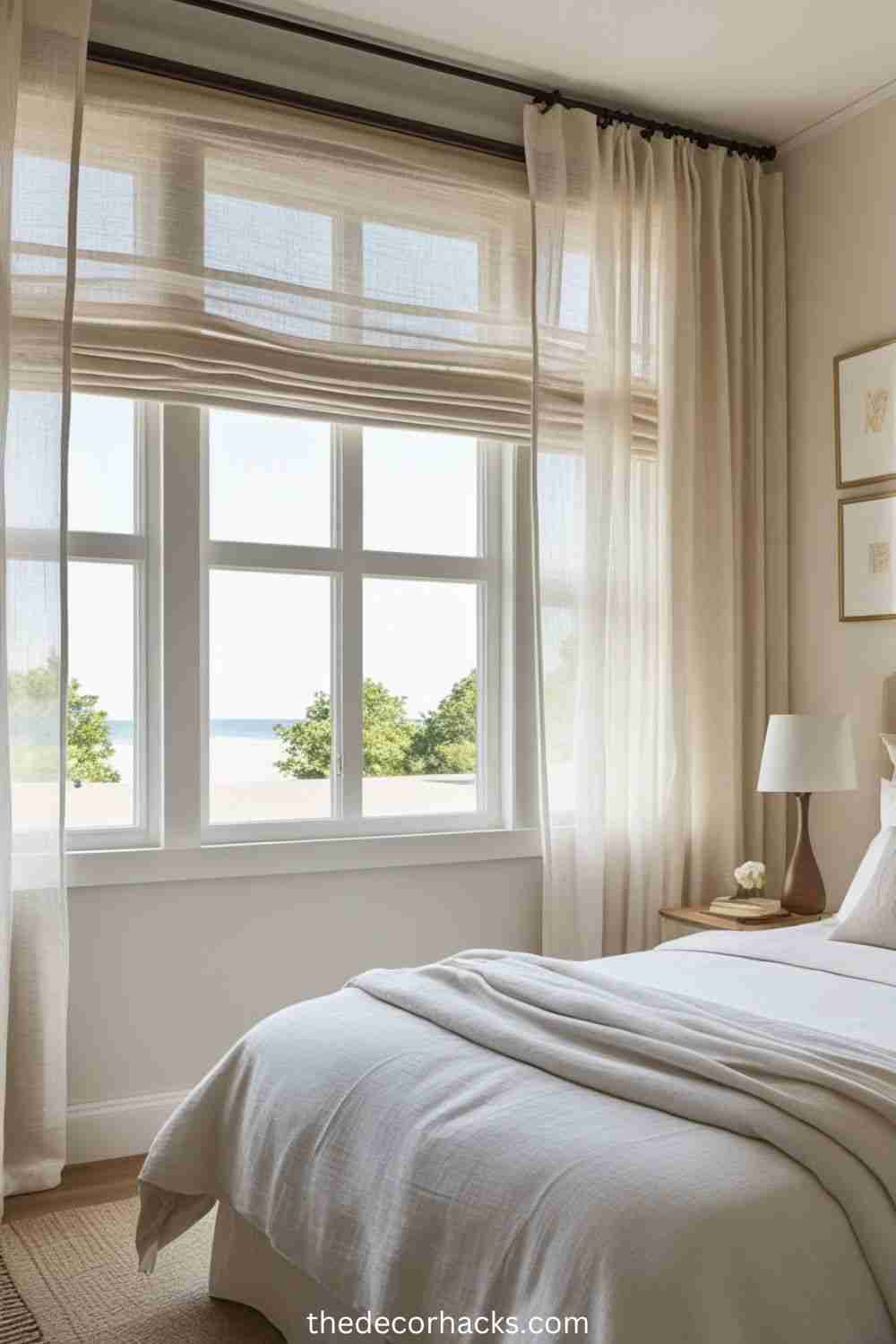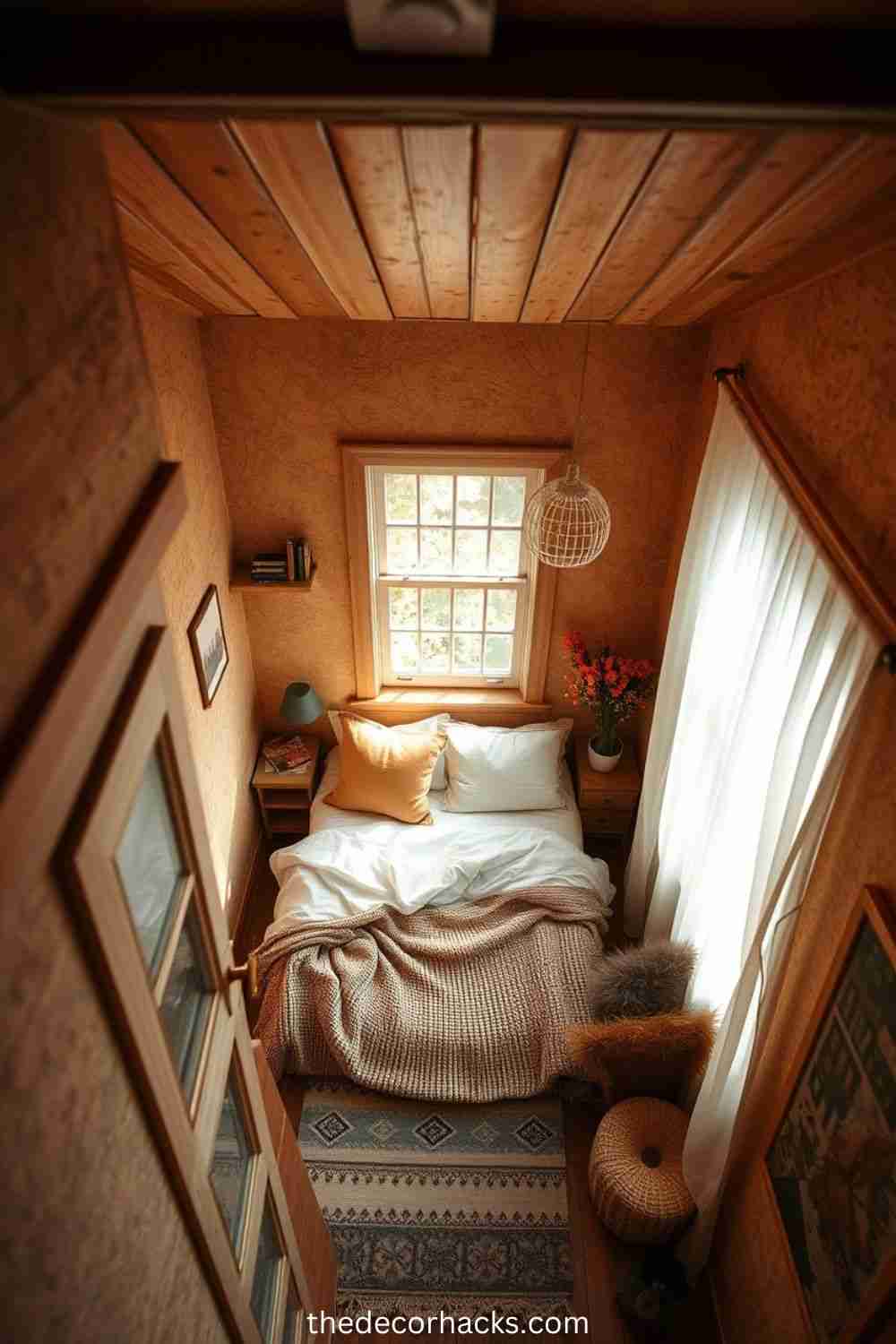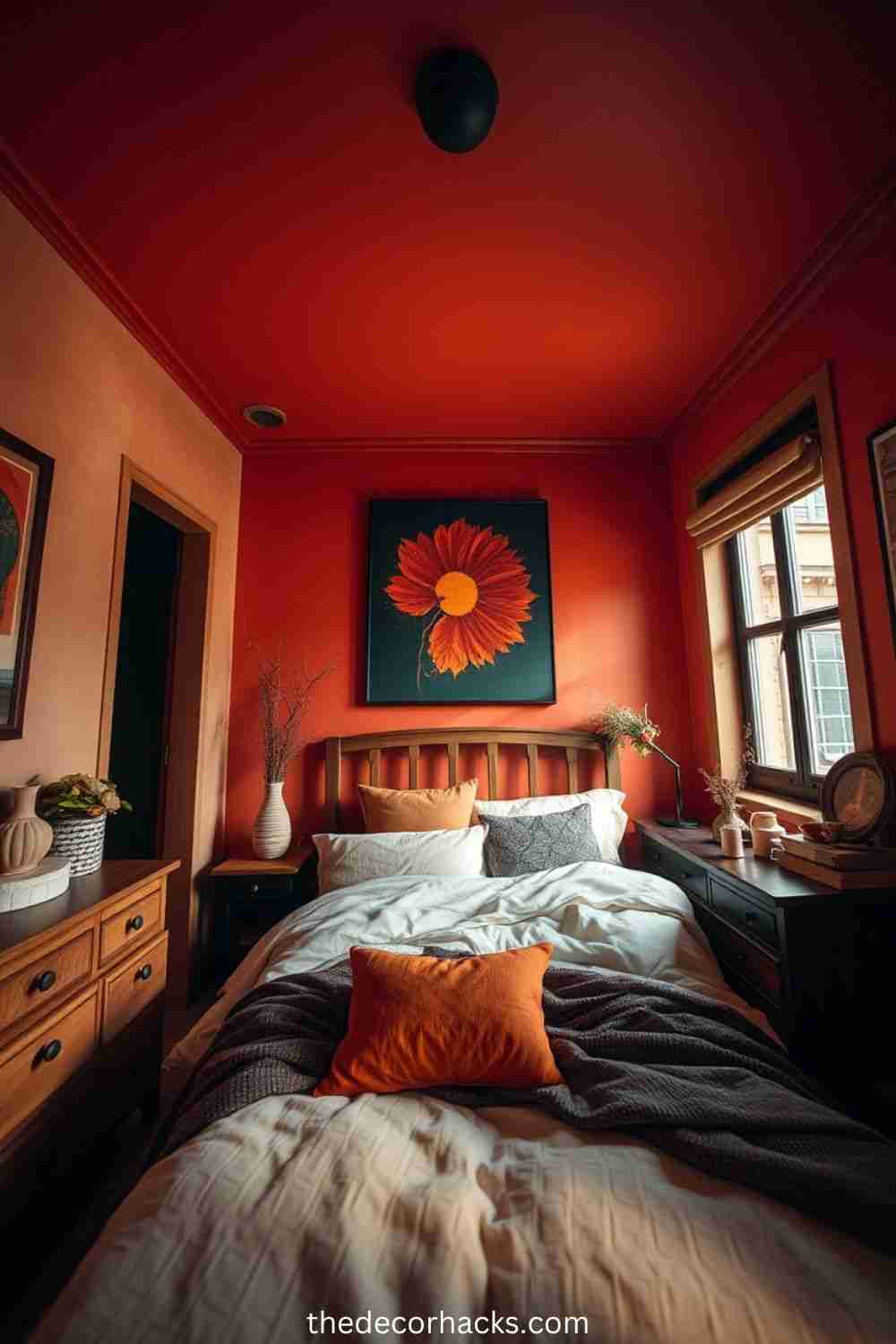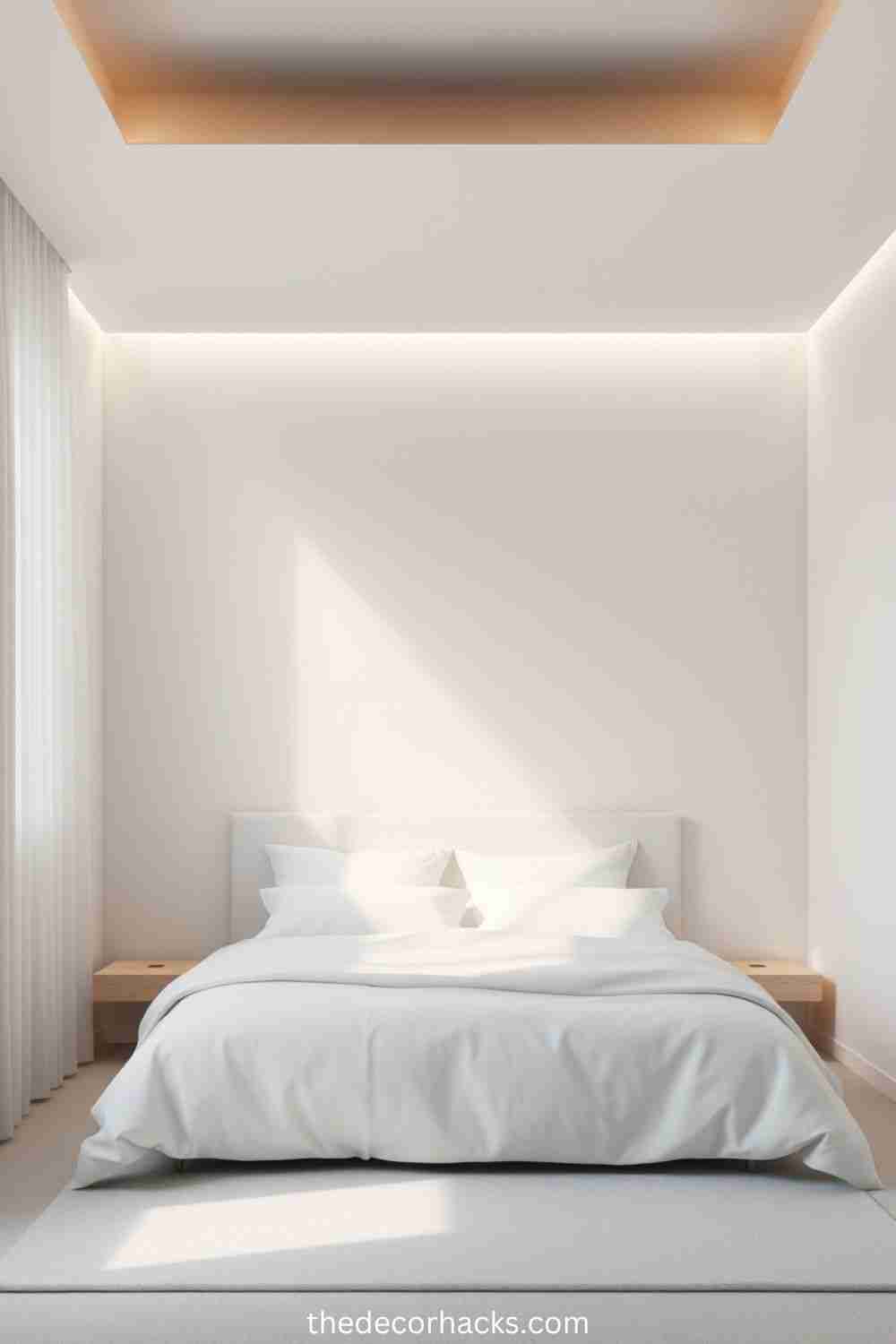Small Bedrooms Ideas the challenge lies in making the most of limited space without compromising on style. With careful planning, even the tiniest rooms can be transformed into cozy, functional sanctuaries that reflect your personal taste. The key is finding the perfect balance between practicality and design, ensuring that the room feels open, organized, and inviting.
Turning to expert designers for inspiration can be a game-changer. These professionals know how to blend creativity with functionality, using innovative solutions that maximize every square inch while keeping the room visually appealing. Whether it’s clever storage, smart furniture choices, or strategic color palettes, top designers around the world have perfected the art of designing small bedrooms that are both stylish and highly functional.
Stylish Small Bedrooms Ideas
Focus on Multi-Functional Furniture
One of the smartest ways to maximize space in a small bedroom is by investing in multi-functional furniture. This is where design ingenuity truly shines—by selecting pieces that serve more than one purpose, you can save valuable space while still achieving a stylish look. Imagine a bed with built-in storage drawers, a sleek desk that doubles as a vanity, or even a fold-out Murphy bed that transforms into a functional sitting area by day. Top designers often embrace these kinds of versatile pieces to ensure that every inch of the room is optimized.
Incorporating Bold, Statement Colors
In a small bedroom, bold, statement colors can have a powerful impact, making the space feel vibrant and dynamic without overwhelming it. Top designers often use rich hues strategically to create focal points or to define areas within the room. For instance, a striking accent wall in deep navy or emerald green can anchor the space, while lighter tones on the remaining walls help to maintain an open, airy feel. The key is to use these bold colors in moderation, allowing them to pop without dominating the room.
Mirrored and Reflective Surfaces for Expanding Space
One of the most effective tricks top designers use to make small bedrooms feel more spacious is the strategic use of mirrored and reflective surfaces. Mirrors, glass, and polished metals bounce light around the room, creating the illusion of a larger, more open space. For example, a large mirror on one wall can instantly reflect light and make the room feel brighter, while mirrored furniture pieces, such as a nightstand or a dresser, add an elegant touch without taking up too much visual space.
Maximizing Vertical Space
In small bedrooms, when floor space is limited, looking upward can be the key to unlocking extra storage and design opportunities. Maximizing vertical space is a technique frequently used by top designers to optimize small rooms while maintaining an open, uncluttered feel. By focusing on the height of the room, you can add storage solutions, artwork, or even architectural elements that draw the eye upward, making the space feel taller and more expansive.
Neutral Color Palettes for a Calm Ambiance
When designing a small bedroom, neutral color palettes are a timeless choice for creating a serene and calming atmosphere. Top designers often turn to soft shades like warm beige, muted greys, and off-whites to make compact spaces feel more open and airy. These soothing tones reflect light, giving the room a sense of airiness, which is crucial for smaller spaces where the goal is to avoid feeling closed in.
Light and Airy Window Treatments
Window treatments play a crucial role in enhancing the overall feel of a small bedroom, and top designers often recommend light and airy options to maximize the flow of natural light. Sheer curtains, light linen blinds, or soft Roman shades are excellent choices for small rooms as they allow light to filter through while still providing privacy. These treatments not only brighten the room but also create a sense of openness, making the space feel less confined.
Creative Use of Textures and Patterns
In a small bedroom, incorporating a mix of textures and patterns is a fantastic way to add depth and visual interest without overwhelming the space. Top designers often use texture as a tool to create a rich, inviting atmosphere, making the room feel more layered and dynamic. Think plush velvet throw pillows, a woven wool rug, or a tactile linen duvet cover—each texture adds its own element of comfort and style.
Incorporating Smart Lighting Solutions
Lighting is one of the most transformative elements in a small bedroom, and top designers know how to use it to enhance both the functionality and ambiance of the space. Smart lighting solutions, such as adjustable LED lights, dimmer switches, or app-controlled fixtures, allow you to tailor the lighting to suit the time of day and your mood, making the room feel larger and more versatile. Designers often recommend layering different types of lighting—ambient, task, and accent—to create a dynamic and inviting atmosphere.
Utilizing Bold Art and Decor to Add Personality
In a small bedroom, incorporating bold art and decor is an excellent way to infuse personality and style into the space without overwhelming it. Top designers often use large-scale artwork or statement pieces to create focal points that draw the eye and make the room feel more vibrant. A striking piece of art above the bed, or a gallery wall filled with framed prints, can serve as the room’s centerpiece, adding both visual interest and character.
Minimalist Design for Clean Lines
A minimalist design approach is often favored by top designers for small bedrooms, as it focuses on simplicity and clean lines that help maximize space and reduce visual clutter. By removing unnecessary decor and furniture, the room feels more open, peaceful, and organized. The key to minimalist design is choosing functional, high-quality pieces that serve a purpose, while embracing a less-is-more mentality when it comes to decorations and accessories.
FAQ
-
What are the best ways to make a small bedroom feel bigger?
- To make a small bedroom feel bigger, use light colors, mirrors, and multi-functional furniture. Incorporating vertical storage, utilizing smart lighting, and choosing furniture that doesn’t overwhelm the space can also help create the illusion of a larger room.
-
How can I incorporate bold colors in a small bedroom without overwhelming the space?
- Start by using bold colors on accent walls, bedding, or decorative accessories like pillows and rugs. Balance them with neutral tones to keep the room from feeling too intense. Designers often recommend using dark shades on one wall or in smaller doses to create focus without overpowering the space.
-
What is the best furniture for small bedrooms?
- Opt for multi-functional furniture such as beds with storage underneath, fold-out desks, or wall-mounted shelves. Pieces that serve more than one purpose help maximize space while maintaining a clean, organized aesthetic.
-
Can I use patterns in a small bedroom?
- Yes, but it’s important to use patterns strategically. Stick to one or two main patterns and balance them with solid colors to avoid overwhelming the room. Subtle geometric prints, stripes, or floral patterns on accent pieces can add visual interest without making the room feel crowded.
-
How can I add personality to a small bedroom without making it feel cluttered?
- Incorporating bold art pieces, statement lighting, and unique decor items can add personality. Choose a few key pieces that reflect your style and use them as focal points in the room. Keep the overall decor simple to maintain a sense of openness.
-
What are the best lighting solutions for a small bedroom?
- Smart lighting solutions, such as dimmable lights and adjustable LED fixtures, allow you to control the ambiance of the room. Wall-mounted sconces, pendant lights, and LED strips are great options for freeing up space while adding warmth and dimension to the room.
-
How do I incorporate textures in a small bedroom without overcrowding the space?
- Mix and match different textures in small doses—like a plush throw, linen bedding, and a woven rug—to add depth and warmth without making the room feel heavy. Textures help create a cozy and inviting atmosphere while keeping the decor light and simple.
-
Are there specific colors I should avoid in a small bedroom?
- Dark colors in excess, especially on all walls or heavy furniture, can make a small bedroom feel more confined. Instead, choose lighter, softer tones that reflect light and open up the space. If you love dark colors, use them sparingly as accent pieces or on a single wall.
-
How can I incorporate storage into a small bedroom?
- Use vertical space for shelving or hanging storage. Invest in furniture with built-in storage, such as a bed with drawers underneath or a nightstand with hidden compartments. Wall-mounted racks, hooks, and floating shelves can also help keep the room tidy and organized.
-
Can a minimalist design work in a small bedroom?
- Absolutely! A minimalist design focuses on clean lines, functional furniture, and a clutter-free environment. By keeping the space simple with just a few carefully chosen pieces, you can create a serene and spacious bedroom that feels peaceful and expansive.

Hi! I’m Atish Yoder, a Pennsylvania-based designer with a passion for brand development and home decor design. Creativity has always been my driving force, whether I’m crafting a cohesive brand identity or reimagining a living space with unique decor hacks.
I created TheDecorHacks.com as a space to share my favorite design ideas, tips, and inspirations. From DIY projects to expert insights, my goal is to help you transform your spaces into something extraordinary—without breaking the bank.
When I’m not busy designing, you can find me exploring vintage markets, experimenting with color palettes, or sipping coffee while sketching my next big idea. Let’s create something beautiful together!
![Decor Senses [Trending Decor Design Ideas]](https://decorsenses.com/wp-content/uploads/2025/08/cropped-New-Decor-logo.png)
